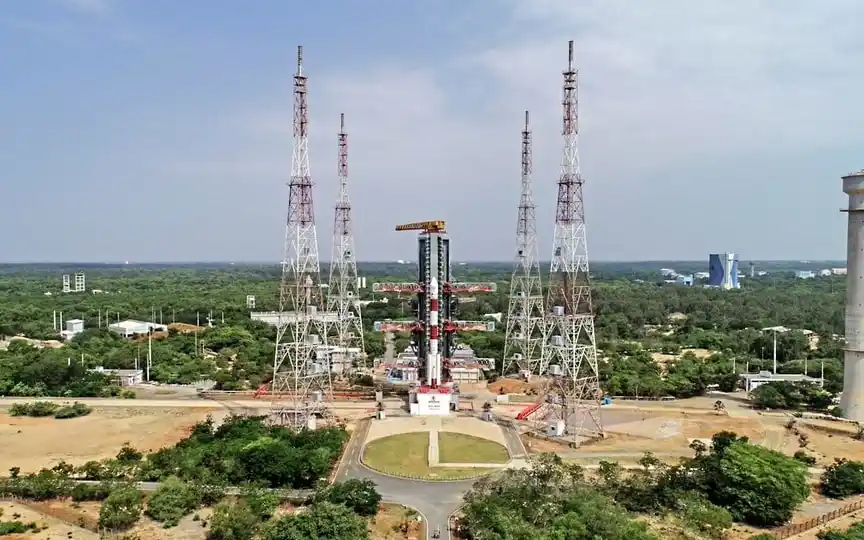Aditya-L1 mission to begin ISRO’s pioneering solar exploration
The Aditya-L1 solar mission, set to be launched by ISRO, is gearing up for a 125-day journey to the Sun. This mission, equipped with seven payloads such as the VELC instrument, has the objective of examining the solar corona, solar wind, and space weather. Aditya-L1 marks a noteworthy achievement in India’s space exploration endeavors.
1. India’s ISO is all set to launch its Aditya-L1 solar mission after its successful lunar mission Chandrayaan-3.
2. Aditya-L1’s launch countdown on PSLV C57 began with a 125-day journey to the Sun.
3. ISRO Chairman S Somanath states that the objective of the mission is to achieve the exact radius at the Lagrangean point 1 (L1).
4. Aditya-L1 is designed to remotely observe the solar corona and perform in situ analysis of the solar wind at L1, located about 1.5 million kilometers from Earth.
5. ISRO highlights the advantage of the L1 point of the Halo orbit, which provides uninterrupted observation of the sun without eclipse.
6. Proximity to the Sun enables detailed research that provides insights not only into our Sun but also into the stars of the Milky Way and other galaxies.
7. Eruptive phenomena occur in the Sun and it releases significant energy in the solar system, which can affect the space environment near the Earth if it is directed towards the Earth.
8. Timely detection of such solar events is crucial to protect spacecraft and communication systems from potential interference.
9. ISRO has deployed the XL version of the PSLV rocket, known for its robust performance, to carry Aditya-L1 with seven payloads, including a VELC instrument.
10. Of the seven payloads, four will directly observe the Sun, while three will perform in situ studies of particles and fields at L1.
11. The spacecraft is initially placed in low Earth orbit and gradually moves into a large halo orbit around L1 over a period of about four months.
12. Aditya-L1’s main objectives include understanding coronal heat, Coronal Mass Ejections (CME), solar activity and space weather, while the VELC payload captures and transmits important solar images to ground stations.




